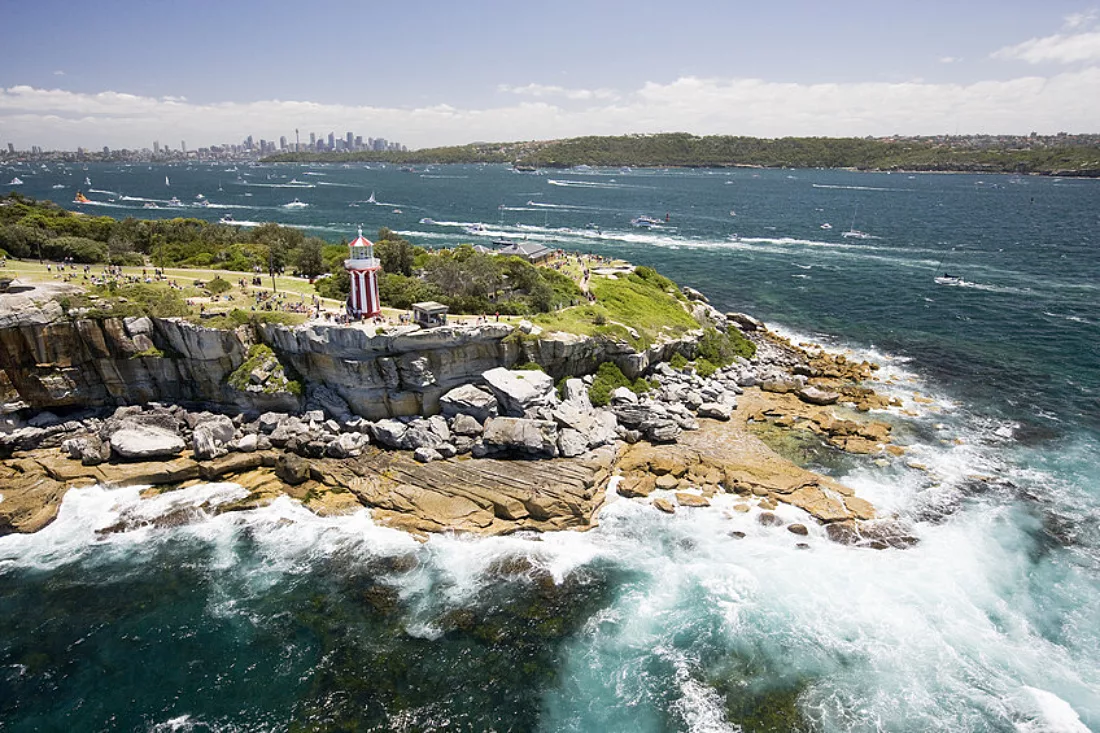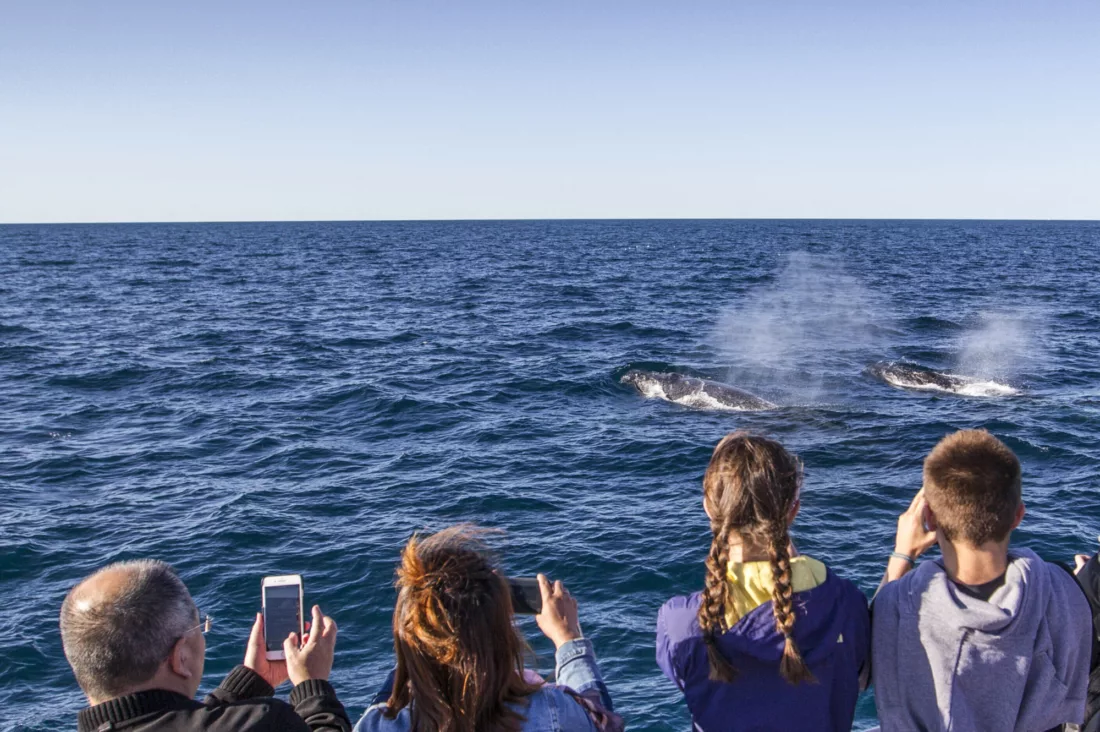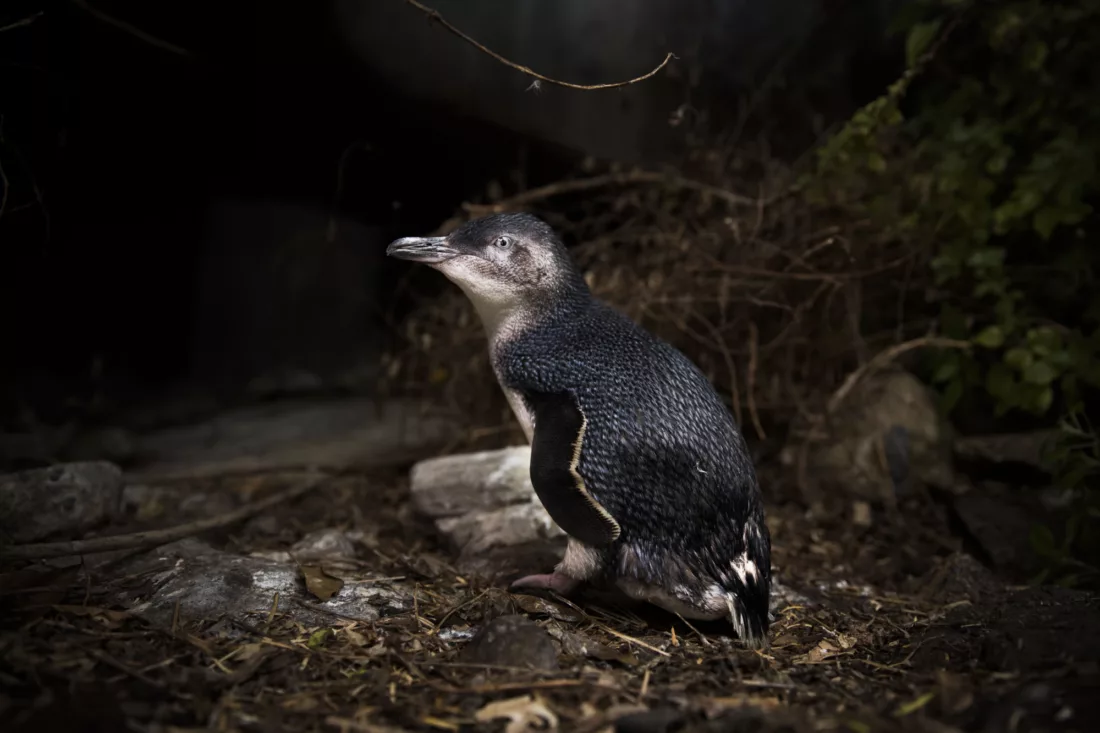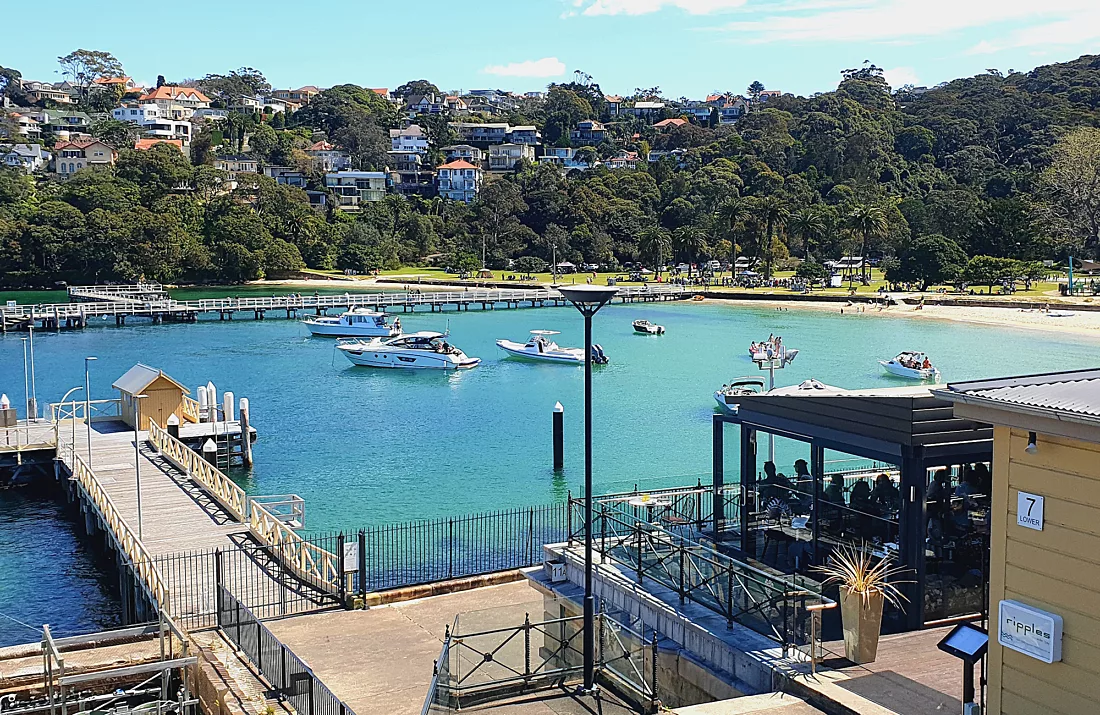Dive and snorkel spots on Sydney Harbour
Chowder Bay
At Chowder Bay, the dive site at Clifton Gardens is home to an incredible array of marine life. You will always see several species of a sea horse and the site’s signature species; decorator crabs. It’s a great place to snorkel too. Around the jetty and on the sea floor, you are likely to see tiger pipefish, anglerfish and frogfish.
Sydney Harbour’s usual suspects include blue lined goatfish, leatherjackets, goatfish, bottom dwellers such as blennies, threefins and gobies. You can also witness stingarees or octopus. Just 6 kilometres by road from the city (and quicker via Ferry from Circular Quay). How many cities in the world can offer such marine diversity so close to the centre?
Snorkel at Camp Cove
Camp Cove in Sydney’s Eastern suburbs is a small, sheltered beach and gained its name as the place the First Fleet camped on arrival at Port Jackson in 1788. The beach is popular, with just 250m (820 ft) of sand and clean, calm waters flowing from the entrance to Sydney Harbour.
The north end of Camp Cove beach is great for snorkelling. Protected by South Head, sea life is abundant.
Spot seahorse, cuttlefish, sea-dragon, Sydney octopus, goatfish, yellow tail, luderick and schools of damselfish. You are also likely to see hermit crabs, sea anemones and sea urchins here. By the small pier and pumphouse, witness flat head and sting rays on the sand too.
Divers are often found here, too, learning the ropes in group classes. Visit Camp Cove on the Captain Cook Cruises Sydney Harbour Explorer ferry - hop off at Watson’s Bay and walk around to Camp Cove. Easy and pretty!
South Head seal colony
With an open water qualification, scuba divers can join a charter to South Head to dive with Sydney Harbour’s Australian Fur Seal Colony. Found on the ocean side, divers are guided through a boulder field to witness colourful sponges and corals, several species of sharks and resident weedy sea dragons which can be found in the kelp at the reef edge.
There is so much marine life near Australia’s largest city! The natural Harbour with good water flow out to the Tasman Sea offers clean water for swimming and healthy habitats for marine life. Another reason why Sydney Harbour is the most beautiful Harbour in the world.






